We hope to increase sneaker reuse and recycling
Over 1500 sneakers saved from landfills
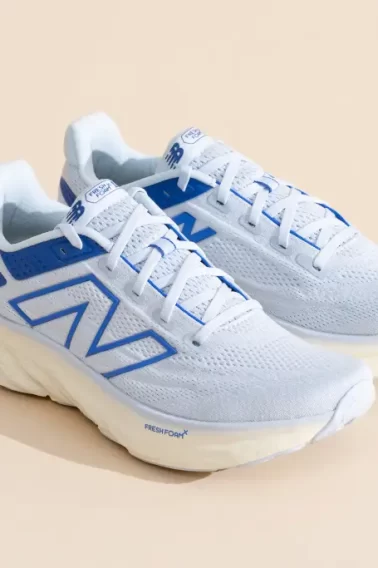
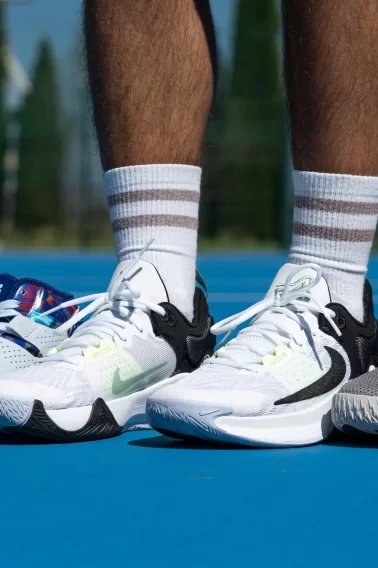
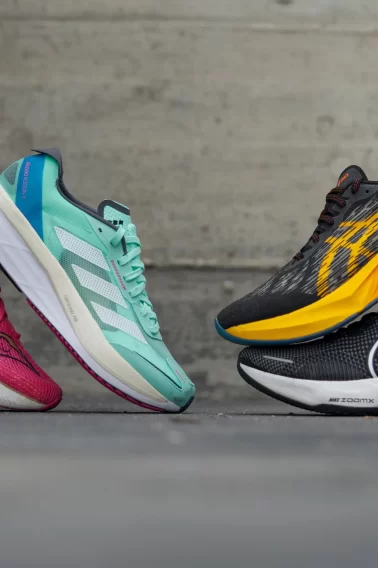
What do we do ?
01
Collect used sneakers
We work to collect new and lightly worn sneakers from schools, sports teams and families that live in nearby towns.
02
Sort and clean them
We sort through and separate the sneakers into three categories: need to be cleaned, unusable, and clean an
03
Distribute
We partner with local shelters, youth programs, and community centers to ensure every refurbished pair finds a new home. Volunteers coordinate delivery schedules, set up pop‑up distribution events, and work one‑on‑one with recipients to match them with the right size and style.
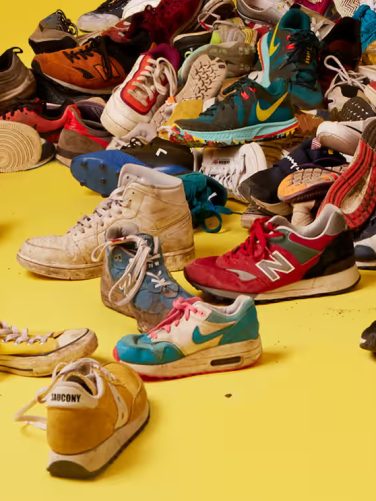
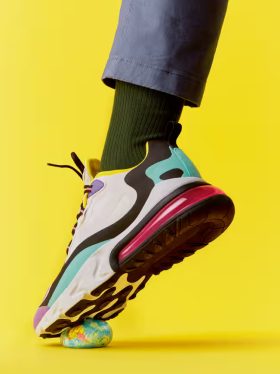
The Hidden Carbon Footprint of Your Sneakers
YOUR pair of sneakers that you have on right now generates 30 pounds of CO2 emissions, which can keep a 100-watt light bulb on for a week.
How Brands Are Tackling Shoe Waste
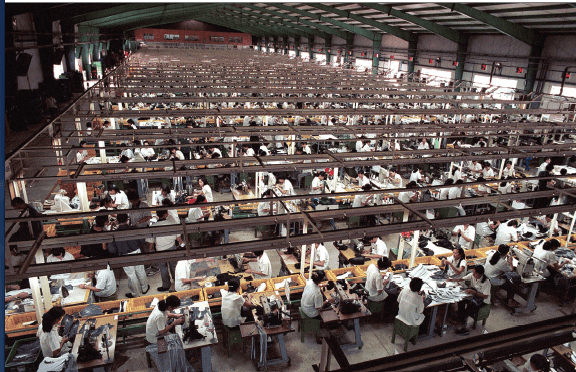
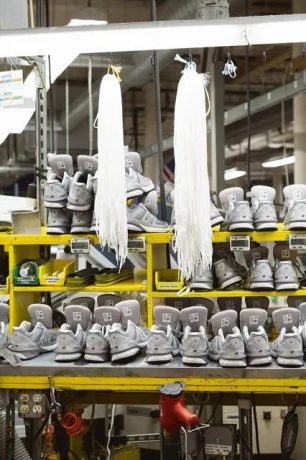
Frequently Asked Questions
We accept new or lightly worn sneakers in all sizes. Shoes should be clean, odor‑free, and free of major damage (e.g., no holes in the soles, no severe staining).
We host monthly collection drives at local high schools, community centers, and partner sporting‑goods stores. You can also schedule a curb-side pick up. Please send us a message via our ‘Contact us’ page and we will schedule a pick up
Volunteers first inspect and sort every pair. Shoes marked “to be cleaned” go through a multi‑step cleaning and inspection process before they are marked ready for donations.
Our distribution partners include youth sports programs, local shelters, refugee organizations and community centers. We match sizes and styles as closely as possible to each recipient’s needs.
Absolutely—many roles can be done remotely, from digital outreach to data entry and design of our promo materials. If you’re outside our immediate area but still want to help, message us via our ‘Contact Us’ page and we’ll find a spot for you.
Reach out to us via the ‘Contact Us’ page on our website, mentioning that you are looking to become a distribution partner. After an initial conversation, we’ll arrange a site visit (virtual or in-person) to confirm logistics and set a delivery schedule.
We upcycle unusable shoes in collaboration with materials‑recovery partners: soles become playground mulch, and fabric components are recycled into insulation or textile fillers.
We run continuous drives year‑round. However, to participate in our quarterly distribution events, please have your donations in by the last day of the preceding month.
We log every pair by size, condition, and destination. Our quarterly impact reports include total shoes collected, cleaned, and distributed.
Yes! Monetary gifts help us cover cleaning supplies, transportation, and administrative costs. You can donate securely. Please reach out to us via our ‘Contact Us’ page for details.